An intensifying humanitarian crisis is unfolding in Gaza, where the lives of countless civilians hang in the balance amid ongoing conflict and severe shortages of essentials. Recent reports point to a dangerous spiral: infrastructure collapse, mass displacement, and growing international alarm over restricted aid access.
Collapse of Services, Surge in Suffering
Electricity and water supplies across large parts of Gaza have been cut or severely disrupted, crippling hospitals, sanitation systems, and basic household functions. Medical facilities, already under immense pressure, are forced to triage cases without adequate resources, leading to tragic losses. In many neighborhoods, sewage flows through streets, sanitation deteriorates further, and outbreaks of disease loom.
Families are repeatedly uprooted as bombardment intensifies. Many internally displaced persons (IDPs) now double or triple up in shelters or makeshift camps, with insufficient shelter, food, and clean water. Some aid convoys have managed to enter, but the scale is vastly inadequate compared to what’s desperately needed.
Barriers to Aid Access
One of the gravest issues is the severe restriction on humanitarian access. Aid agencies say that checkpoints, security verification delays, and lack of guarantees for safe passage are thwarting their ability to reach those most in need. For many aid workers, the risk of targeting or being caught in crossfire has made ground operations nearly untenable in the most damaged zones.
Import routes, especially via borders and coastal corridors, remain contested. Even where openings exist, they are often irregular and unpredictable. Aid deliveries that do arrive are rationed heavily, with long lines forming as residents await essentials like water, food, and medical kits.
The Civilian Toll
Civilian casualties continue to mount. Children and the elderly are among the hardest hit—not only directly by hostilities, but also indirectly via malnutrition, dehydration, lack of medical care, and exposure to harsh conditions. Relief organizations warn that the death toll may not be accurately captured, particularly in the worst-affected neighborhoods where communication and access are severed.
Many Gaza residents speak of “dying slowly,” not always from bombs, but from deprivation itself. One displaced mother described watching her children grow weaker after days without adequate food or water, in a setting where ambulances themselves can’t reach certain areas.
Diplomatic Responses and Red Lines
Calls for a ceasefire and humanitarian pauses have grown louder. A cluster of nations and international bodies are pushing for immediate corridors for aid, protected zones for civilians, and temporary halts to hostilities to allow evacuation or medical transfers.
However, negotiating such pauses faces major hurdles. Israel, citing security risks and strategic objectives, often restricts movements. Hamas and other armed groups have warned that they will not unconditionally cede territory without guarantees that civilians will be protected and infrastructure rebuilt. The political deadlock complicates efforts to establish trust or verification.
Looking Ahead: Paths and Pitfalls
In the coming days, several critical developments will shape the humanitarian landscape:
- Humanitarian corridors: Whether reliable and sustained routes can be agreed upon will determine how many lives can be saved.
- Ceasefire negotiations: Even temporary, enforceable pauses could enable aid delivery, evacuations, and medical relief.
- International pressure: Diplomatic interventions, especially from major powers and regional actors, may influence compliance or limit escalation.
- Internal governance: Who controls liberated or contested zones, how order is maintained, and how services are restored will be key to avoiding chaos or further suffering.
For Gaza’s civilian population, the path forward remains fraught. Many have lost homes, loved ones, and resources. The next developments may spell the difference between a deeper humanitarian disaster—or a fragile lifeline of relief.

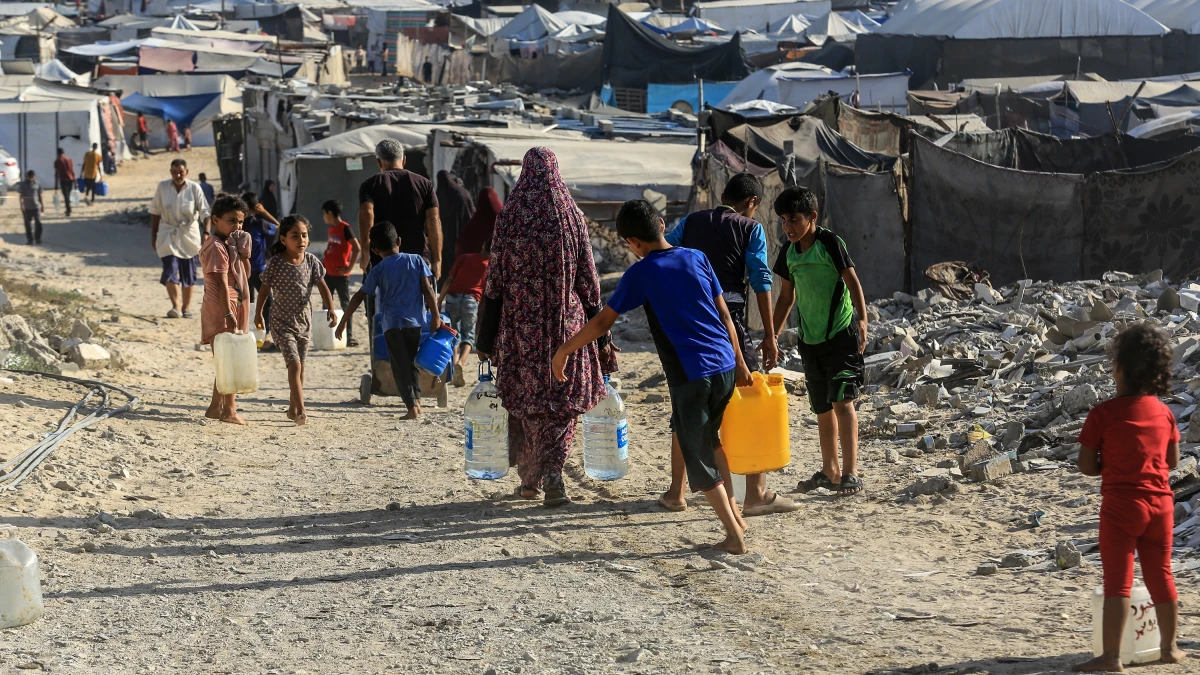





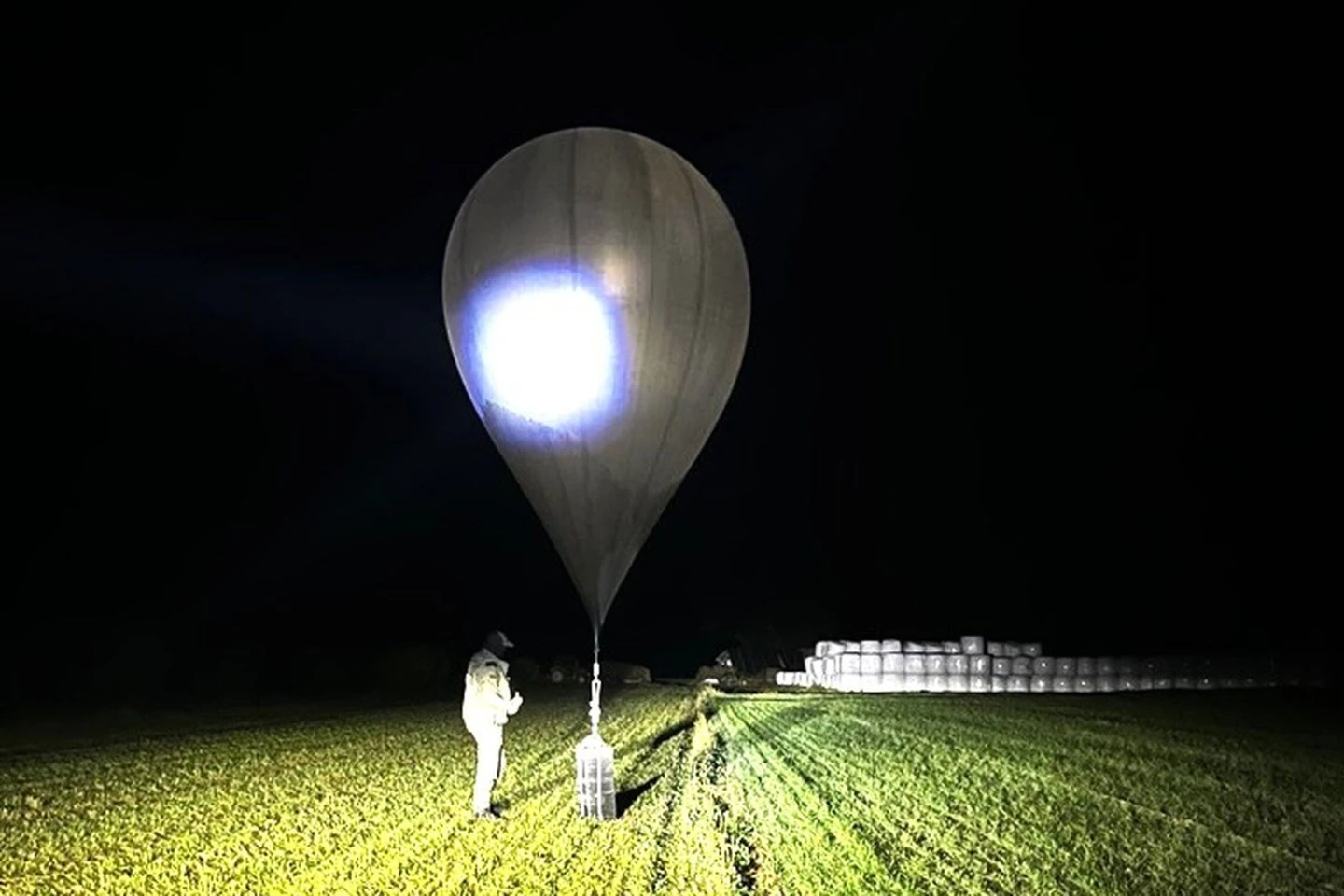
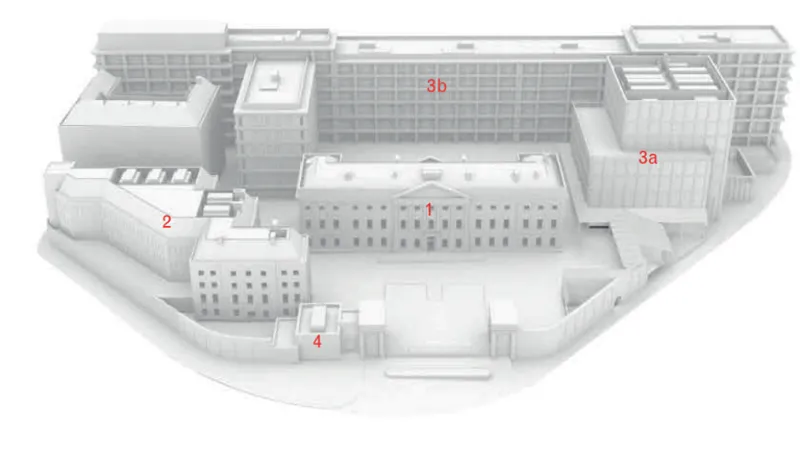

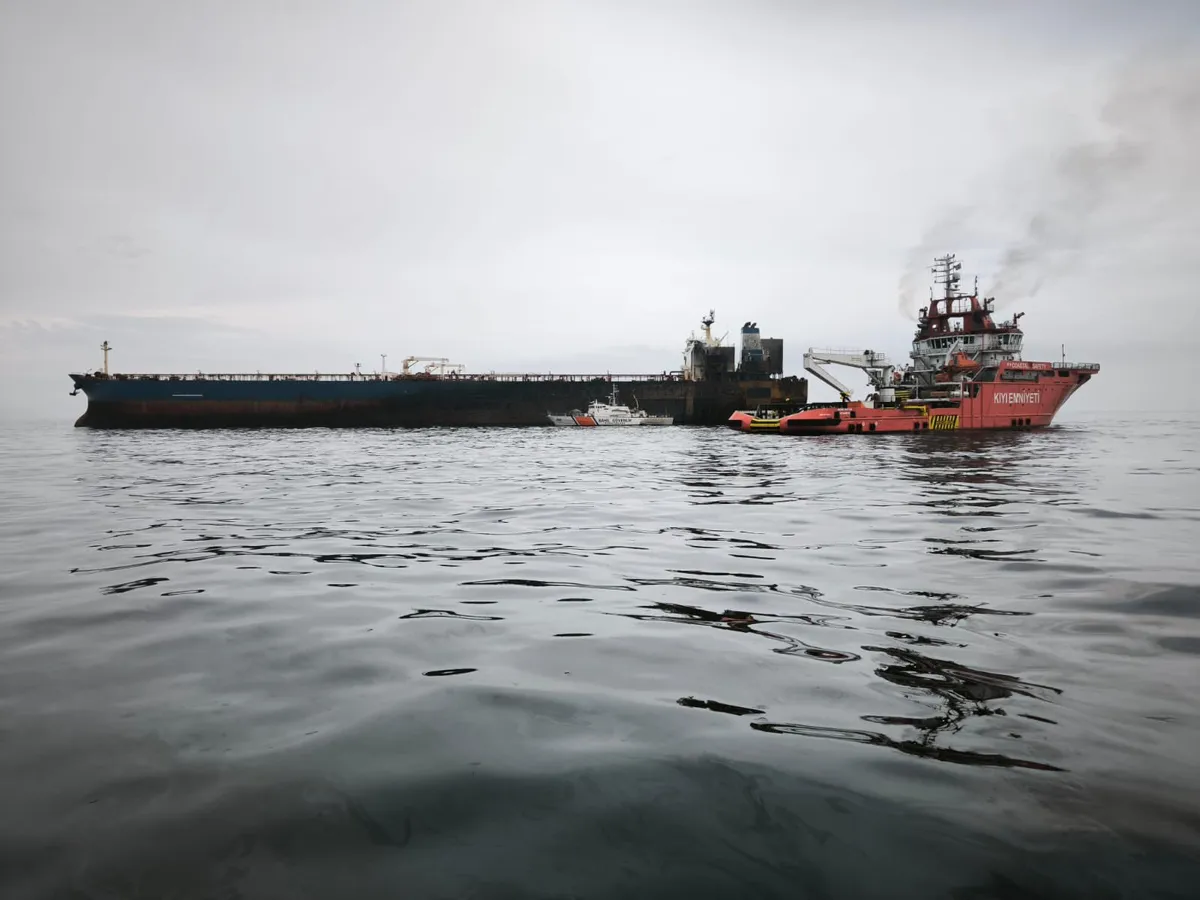
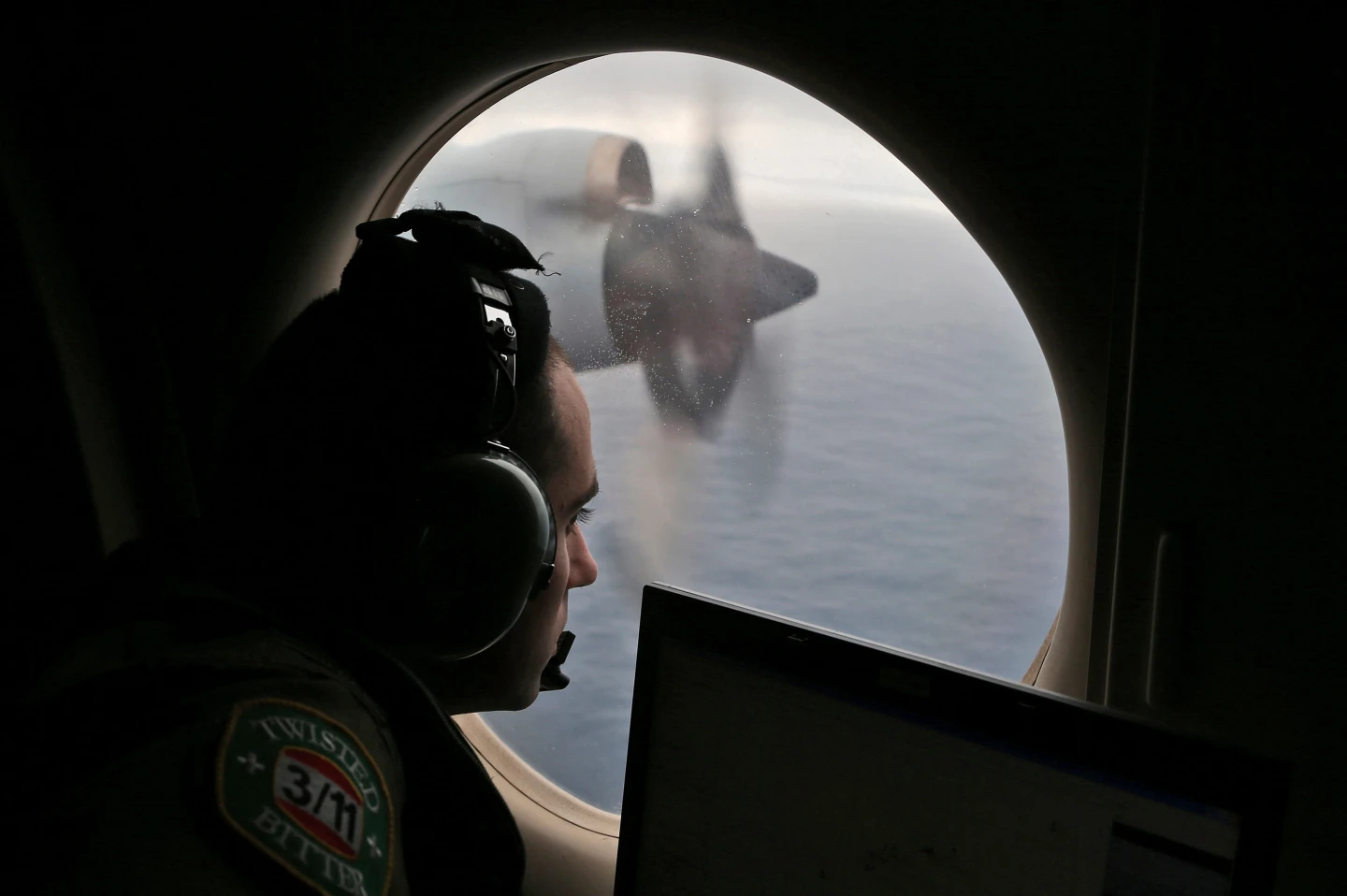




Leave a Reply